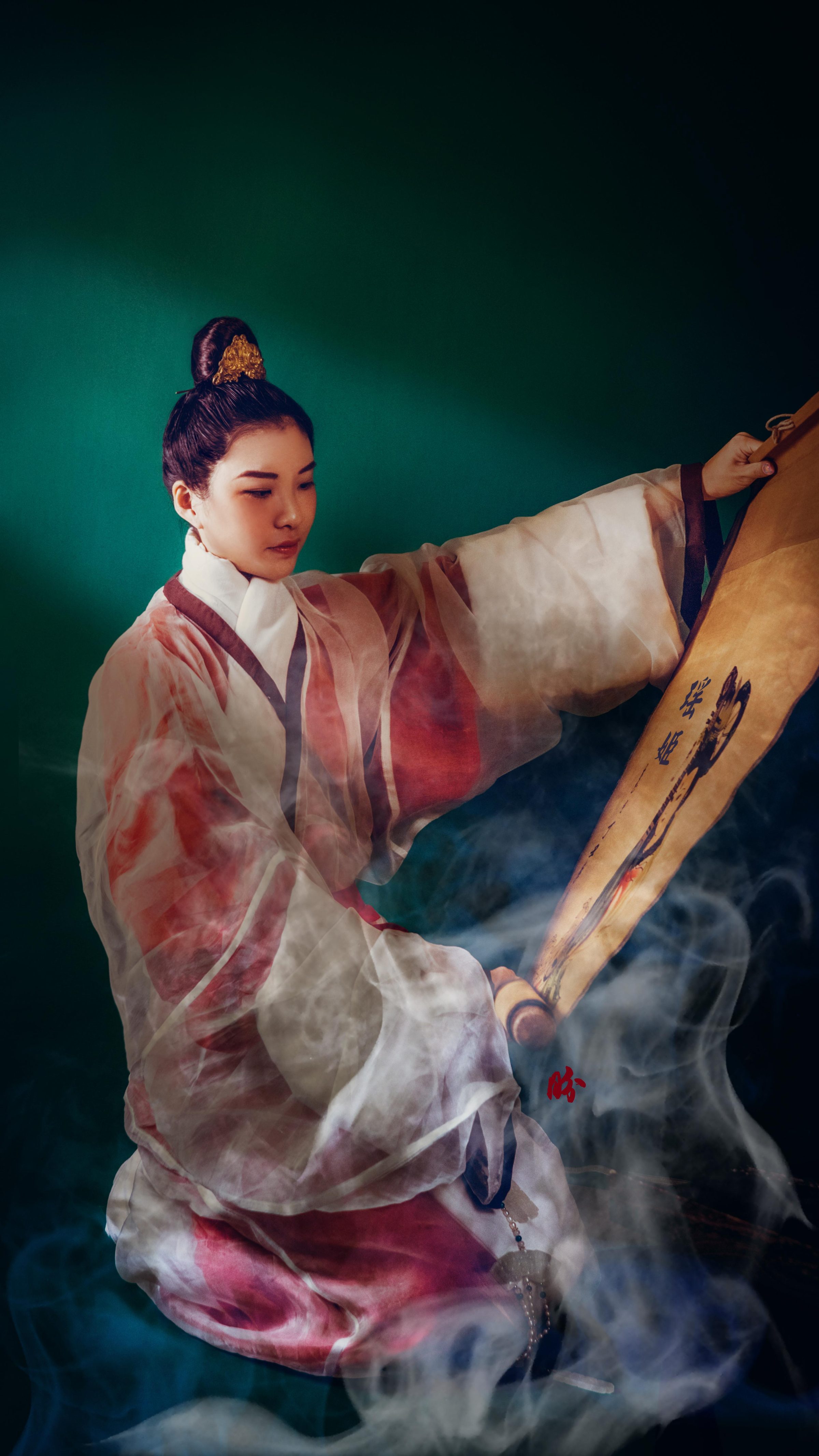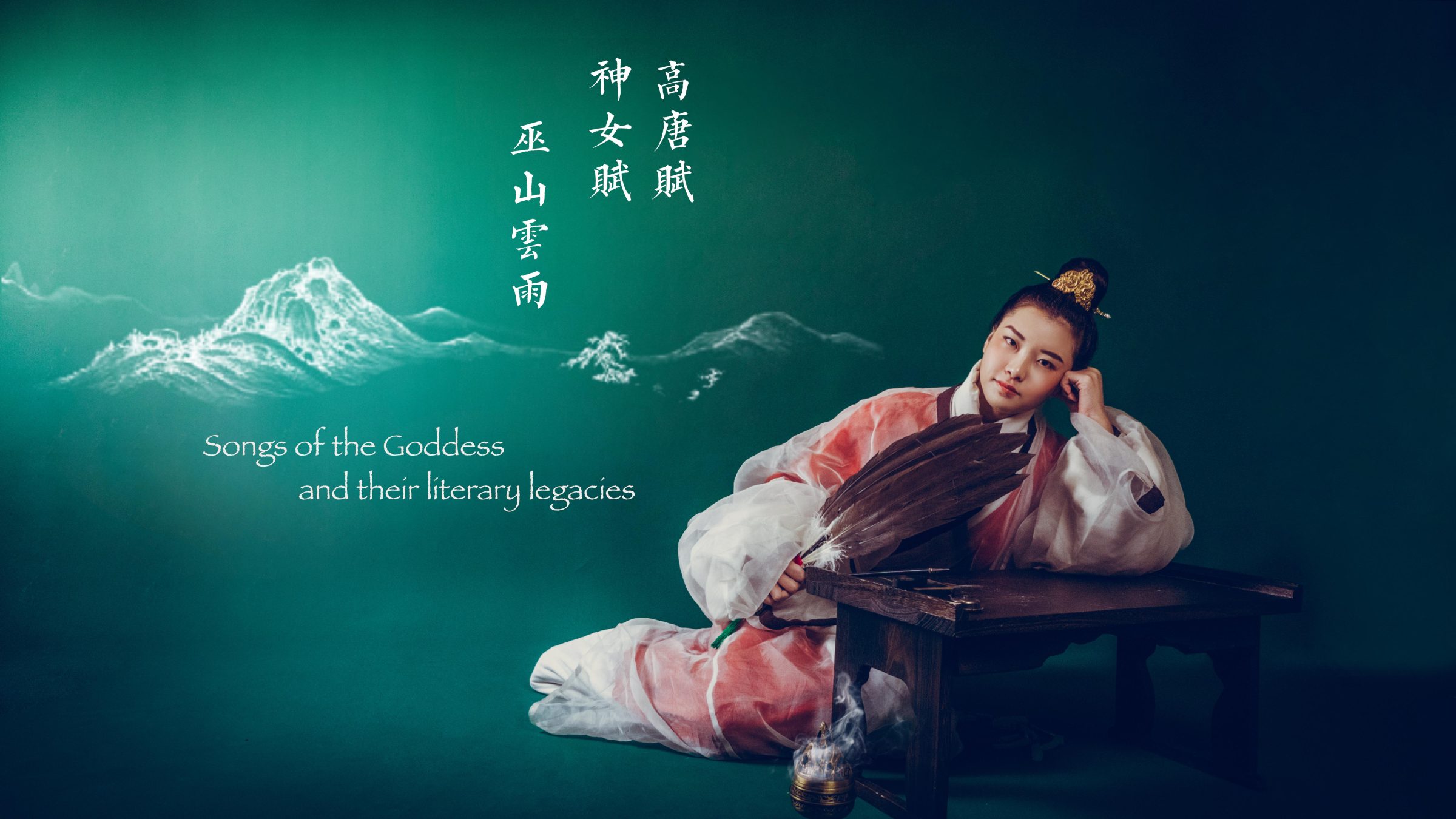Your cart is currently empty!
Ancient F4–Song Yu, the Enigmatic Mimasaka Akira (美作 玲)

Think that F4 was just a pop culture invention? Think again.
Humanity has been around for so long, surely we’ve had many F4s across many civilisations and cultures before. In this series, besides shedding light on the F4s of ancient China (existing over 1500 yrs ago), I’ll also let you know how they are coincidentally remarkably similar to the F4s we know today.

For a start, we’ll have the 2 sidekicks in the entire F4 series–Mimasake Akira (Meizuo) and Nishikado Syoijirou (Ximen). I’m going to refer to their bracketed names as this is also a tribute series to the 80s kid in all of us.
Song Yu is the oldest of the lot as he was in the records dating back to the Warring State era (298 BCE–222BCE). That makes him about 2,300 years old today, over 500 years older than the rest in the group.
Notice the bowl/dish with handles at the two sides that he is drinking from? It was the kind of lacquerware drinking cups that were used in those days from the kingdom of Chu (central China–there was no China as we know today yet at this point).
The booze-filled debauchery parties would be something that Mei Zuo would approve, and it is for this reason that I’m getting Song Yu to drink with this very unique drinking cup from his era.
I know everyone probably thinks ancient Chinese drinking cups looked like this because of TV shows:
These three-footed drinking cups from over 2,000 years ago are called Jue (爵)cups and were largely used by the aristocrats or top officials and existed far longer than the cup held by our male protagonist here. It was an extremely common find in archeological sites dating back to 3,500 years ago and continued to be used (although probably not as fashionable) during the Warring State. Ancient emperors would reward his best men with it and they often came with engravings of the noblemen’s titles.
Because our friend here was clearly a literati and a dreamer, he didn’t have much official title to warrant the Jue cup. However, he was well-connected and wrote many legendary ancient verses that the king of Chu really liked. So it is believable that he would be drinking from the fashionable loped handle cup AKA the cup of feathers/wings 羽觞 Yu Shang (probably because the two handles at the side looked like wings).
They were made up of a variety of materials as you can see above. The left were all from the Warring State era, made up of lacquer and bronze gilded gold. This type of drinking cup continued for over 500 years (from 3rd Century BCE till about 6th Century CE) after as well as evident in the right cup made up of shell from the Wei Jin era (3rd–6th Century CE).
The one Song Yu in the picture was using was replica lacquerware of an artefact found in the Han tombs of central China (about 3rd century BCE). As lacquerwares were hard to come by and required a lot of resources to create, they were also symbols of wealth and power. Yes, mainly aristocrats owned them. But with talent and looks like this, Song Yu could easily score a few gifts of this level from his admirers (men and women alike), or acquired during one of his ‘wild parties’ :P.
The Smooth Talker
If lawyers had a patron saint, it would have to be Song Yu. He was said to be so smooth with his words and arguments that he could sell ice to the Eskimos and convince anyone that the dress they see is blue and black when it’s gold and white.
You might find the term “Deng Tu Zi” familiar if you are following The Longest Day in Chang’An in Chinese. The female lead quite frequently used it to describe someone she thought was low and lecherous. Surprise! This term was invented by Song Yu to illustrate his fantastic debating skill and also his beauty.

In a record passed down from that period, written by Song Yu himself, there was a story entitled Tale of Deng Tu Zi, the lecherous. This person by the name of Deng Tu Zi was bitching about Song Yu to the king of Chu. He said that Song Yu was beautiful but lecherous, so the king should not let Song Yu set foot in his harem. When the king confronted Song Yu about this accusation, Song Yu argued that his good looks were merely blessings from heaven but he was not horny. To further illustrate this, Song Yu gave an example of how his neighbour’s daughter who was drop-dead gorgeous had been trying to flirt and seduce him for the past 3 years to no avail. ON THE OTHER HAND, turning the tables around to Deng Tu Zi, Song Yu pointed out that Deng Tu Zi‘s wife looked hideous yet they had 5 kids together, so this is proof that Deng Tu Zi was the horny one.
I fail to see this logic. But clearly, everyone else in those days did. As such, the term Deng Tu Zi was also used to refer to a horny person.
Trivia: Mao Zedong shared my logic. In 1958, he made a public speech talking about how Song Yu was twisting words and confounding logic. Deng Tu Zi was a good man who was a faithful husband.
A Forbidden Love
Song Yu never married–quite unusual for his time. So there was a story/theory that an extremely talented courtesan by the name of Mo Chou was his one and only love interest.
Courtesan by ancient definition was more of an entertainer like Geisha, I will write about this in detail in future posts, but just bear in mind that the best courtesans were extremely talented in performing arts and literature, and they played an important role in popularising poems/music compositions through songs and dances like the celebrities and idols today.
So she actually played a crucial role in popularising poems by Song Yu and Qu Yuan (his teacher) by incorporating them as lyrics for her songs. But she died rather young, and it was said that Song Yu never got over her death.
He possibly transferred his love for her onto his literary writings of the ancient goddess/nymph–the nymph of Mount Wu, Yao Ji (I did an article earlier on her before as part of my Sailormoon series).

In his two songs about goddess Yao Ji, he wrote extensively and sublimely about the love affair between the king of Chu and the nymph as well as the breathtaking beauty of the nymph. He single-handedly created this really romanticised image of women and goddesses such that the most well-known ballads/poems/odes to women and goddesses from later periods on such topics were all modeled after his poems.
In a way, he created the image and idea of Venus in ancient China.
How is he Meizuo from F4?
If you know Meizuo, I think the link is pretty clear. Besides the clear apparent link that he is the sidekick as was Song Yu (always serving the emperor and never quite made it in the court life), Song Yu was also from a humble background so he wasn’t very well off (compared to the aristocrats), pretty much like how Meizuo‘s ranking amongst F4.
Song Yu‘s great orator and debating skill is also very similar to Meizuo who was known to charm women with his smooth talks. I guess you never know if what he’s saying is true.

There are so many things I wish to talk about this set of images, such as the dress he was wearing, the incense burner he was using, and the fan he was using etc. Also how he also inspired the Chinese idiom that are often used to describe High Art (阳春白雪)and Low Art (下里巴人) these days but they started out as just titles of two songs with no judgement made about the hierarchy of their artistic merits.
But for the purpose of this story, I will end here.
Stay tuned for the next one!

Leave a Reply